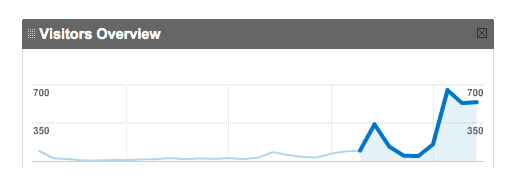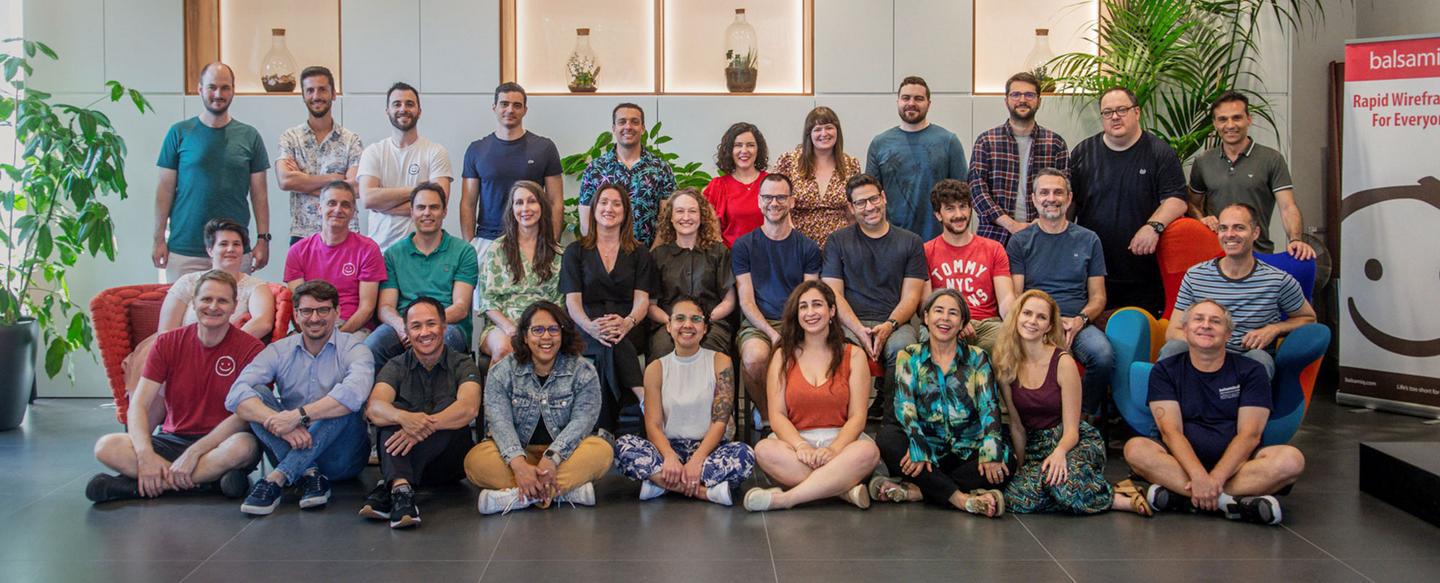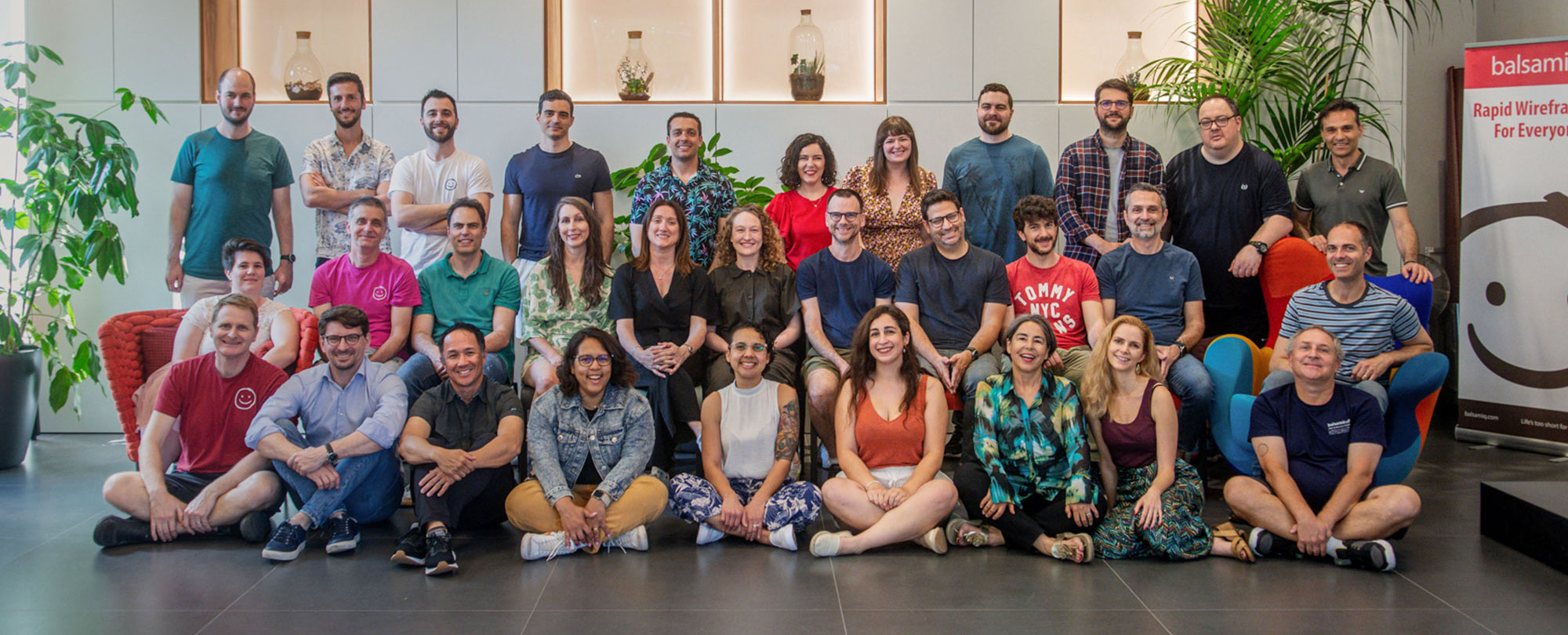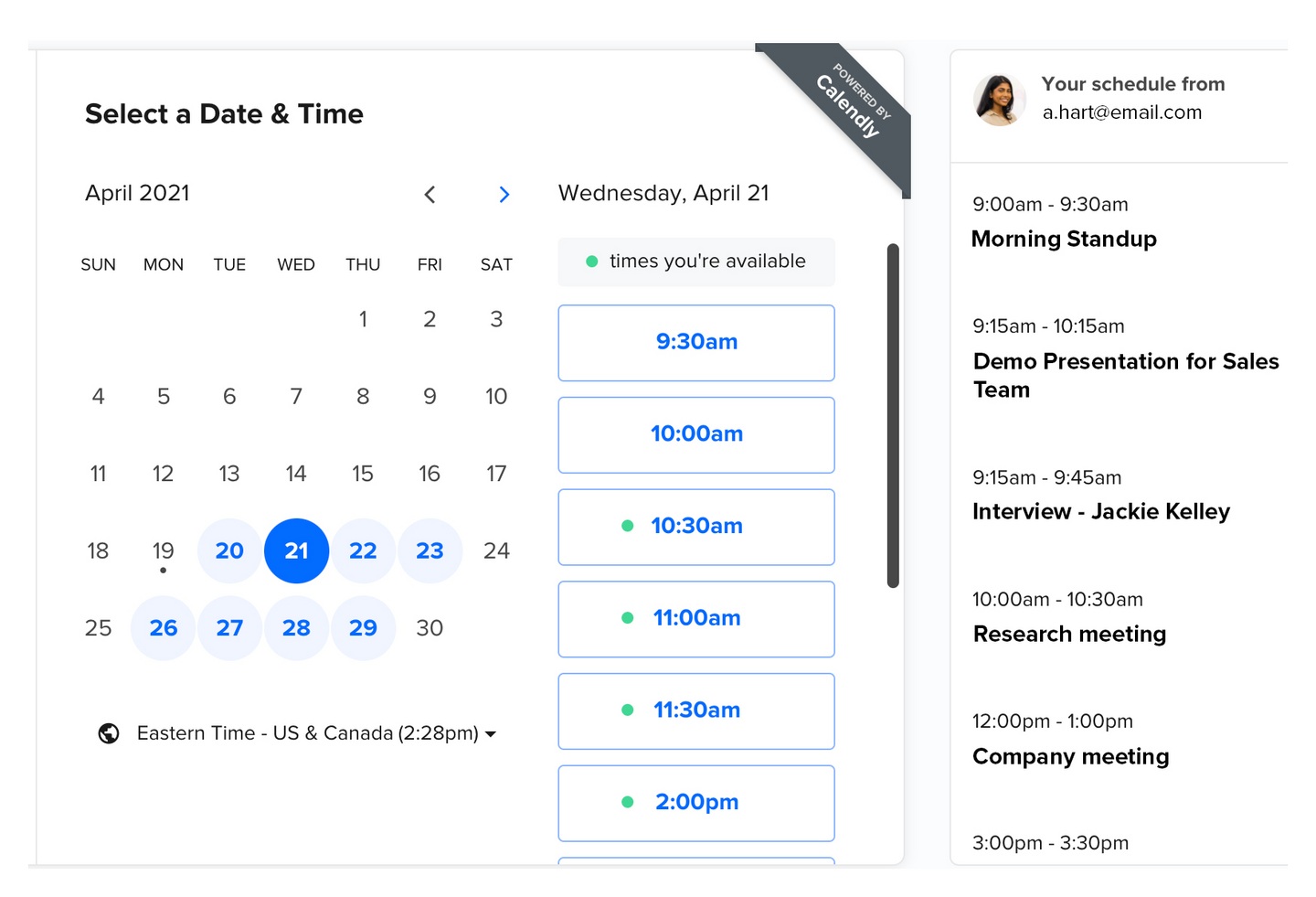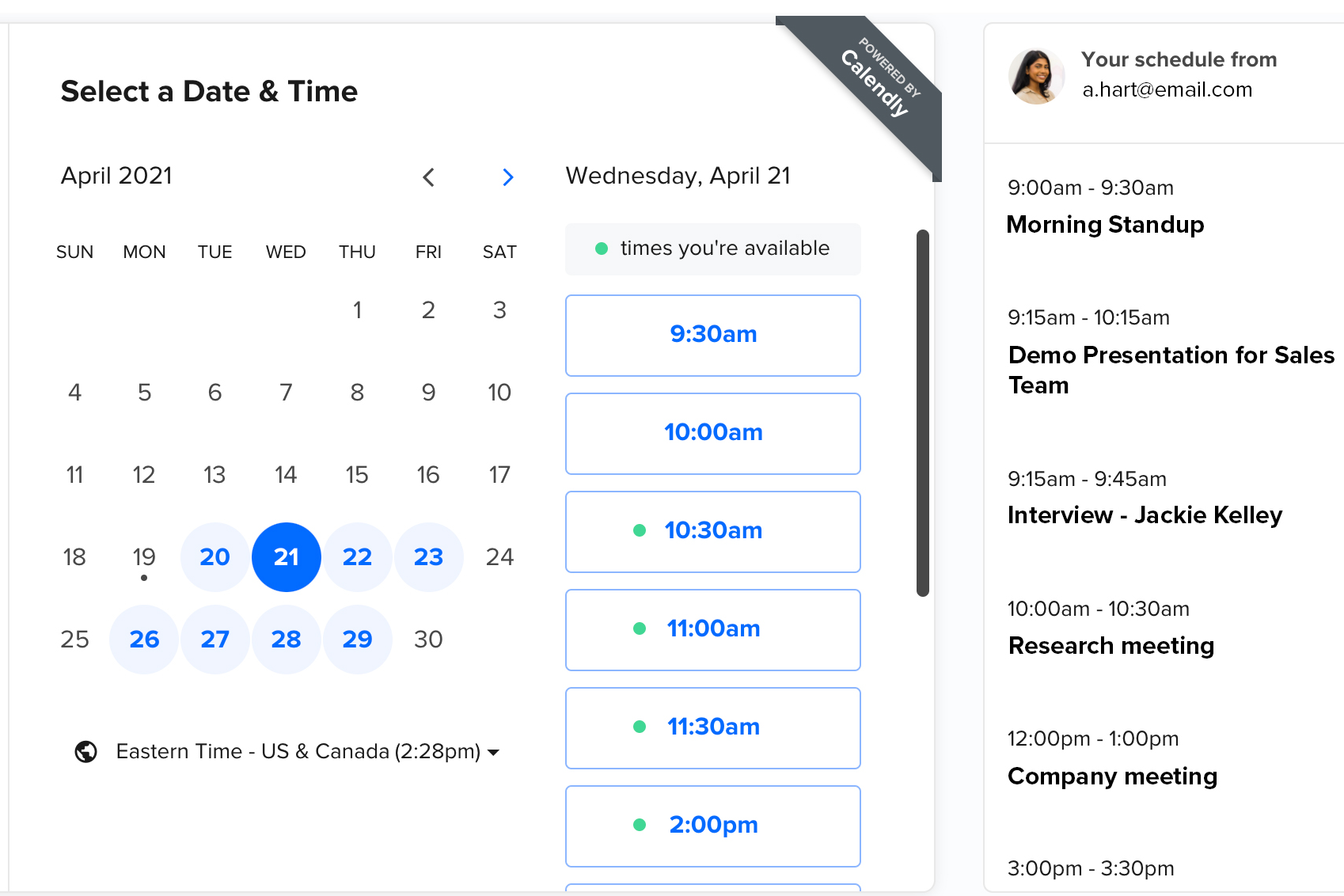If you build it, they won’t come, unless…
Ask a technical founder about her startup, and she’ll proudly describe her stunning software—simple, compelling, useful, fun. Then she’ll describe her cutting-edge platform—cloud-based, scalable, distributed version control, continuous integration, one-click-deploy. Maybe you’ll even get a wobbly demo.
“Great,” I always exclaim, sharing the thrill of modern software development, “so how will people find out about this brilliant website?”
Cue sound of cicadas buzzing.

(Or “crickets chirping” but in Texas the cicadas are louder.)
Four uncomfortable seconds later, a smile breaks across the founder’s face. “Here it comes,” I think, “there is a strategy after all!”
Except the “strategy” is a tirade of drivel I’ve heard so many times I can lip-sync as the words spew out the founder’s mouth:
- “We’re going to A/B-test AdWords campaigns until we discover our hook.”
- “We’re going to A/B-test our landing pages until the right message appears.”
- “We’re better than everyone else at SEO.”
- “A friend of mine knows how to get popular on Twitter.”
- “We’re going to get reviews on blogs.”
- “We’re going to start with our own network and grow it from there.”
- “We’re going to use an affiliate program so our customers sell it for us.”
- “We’re putting a ‘Retweet’ button inside the product to encourage viral growth.”
The obvious problem is that every new startup on Earth says exactly these things. Nowadays the “strategy” above sounds the same as:
- “We’ll have a website so people can read about us.”
- “We’ll have an email address so people can communicate with us without picking up the phone.”
Yes, you’re going to do those things, but since millions of other people are doing that too, you’re still invisible. Visibility-fail. Anyone-gives-a-crap-fail.
OK, so what can you do to rise above the cacophony that is the Internet?
Frightening honesty
Balsamiq Mockups is a ludicrously popular wire-framing tool. The software is good—don’t get me wrong—but what sets Peldi (the founder) apart isn’t prescient feature selection or bug-free releases, it’s his startling transparency. He published revenue figures even when they were still pathetic, he pledged loudly and eagerly to give away lots of free copies to non-profits, and he revealed all his (remarkably effective) marketing strategies even though it meant competitors would learn them too.
Balsamiq’s public not-rocket-ship website growth
He didn’t just have an “authentic voice,” he made public promises. That’s compelling.
He didn’t just “tell it like it is,” he gave up his marketing secrets and opened his company books. That’s newsworthy.
This isn’t merely “being human” and all that claptrap, it’s almost too much honesty, like when you ask someone how it’s going and they tell you about a weird pustule on their middle toe that’s been oozing since last Wednesday.
Balsamiq: Still a small team of real, caring people, who don’t dress up for photos.
In a world where everyone and their brother is “joining the conversation”, you have to truly bare your soul if you want to compete on the transparency front. It’s not for everyone, and I’m not suggesting it ought to be, but if you’re going to employ it, don’t half-ass it.
Infection built-in, not bolt-on
Calendly lets people schedule meetings with you in currently-available time-slots without you having to share your calendar:
Figure 1
The key point is that Calendly’s customer (“Reggie” in this screenshot) sends the link to other people, perhaps many times per month. Then, those other people have to use the product to schedule a meeting. This is the viral step: Having now used the tool, the stranger might use it herself, and so on.
Viral infection works so well, smaller bootstrapped companies like YouCanBookMe and SavvyCal compete with Calendly, despite them being large, well-funded, profitable, and growing.
Note that at no point did I say “a button lets people ‘like’ this on Facebook.” I know of no companies who have “gone viral” because of buttons. Buttons are good—why not use them?—but they don’t make your product intrinsically viral like Calendly.
Which is OK—not all products need to be viral! But if it’s not viral you still need a killer method of finding customers, and if it is supposed to be viral it better be encoded in the DNA of the application, not bolted on as an afterthought.
Making Oprah cry
The number one mistake founders make when trying to generate press is talking about what the company does rather than telling a compelling story.
Does Twitter get press when it helps Iranians fight an illegitimate government or when it creates a new internal IT process to increase up-time? Does Apple win the hearts (yes, hearts) of millions because of their obsession with design or because of their development APIs? Does 37signals have over three million users because their software is “better” than the competition, or is it because they motivate designers and entrepreneurs through their writing and philosophy?
Without a powerful narrative, your chances of getting big press and enthusiastic users who spread the word for you approach zero as a limit.
It took me years to figure this out at Smart Bear. At first when someone asked what the Smart Bear tool suite was, I would say:
Smart Bear makes data-mining tools for version control systems.
It’s a description so esoteric that, although accurate, not even a hardcore geek would have any idea what it is, much less why it’s useful.
Years later, when we refocused on code review software (eliminating our other 5 products), I got better at describing it:

You know how Word has “track changes” where you can make modifications and comments and show them to someone else? We do that for software developers, integrating with their tools and workflows.
Better, yes, and for a while I thought I nailed it, but still no press. Eventually (thanks to helpful journalists) I realized that I was still just describing what it is rather than why anyone ought to care. I left it up to the reader to figure out why she should be excited.
Eventually I developed stories like the following, each tuned to a certain category of listener. Here’s the one for the journalists:
It’s always fun to tell a journalist like you that we enable software developers to review each other’s code because your reaction is always: “Wait a minute, you’re seriously telling me they don’t do this already?” The idea of editing and review is so embedded in your industry you can’t imagine life without it, and you’re right! You know better than anyone how another person finds problems you can’t see for yourself.
Of course this is true for everyone, in all kinds of work, but developers traditionally work in isolation, mainly because there’s a dearth of tools which help teams bridge the social gap of an ocean, integrate with incumbent tools, and are lightweight enough to still be fun and relevant.
That’s what we do: Bring the benefits of peer review to software development.
Now the reason for excitement is clear: We’re transforming how software is created, applying the age-old techniques of peer review to an industry that needs it but where it’s traditionally too hard to do. That’s a story.
It took me five years to figure out (a) I needed a story and (b) what the story was. It’s hard. But one story beats a pile of AdWords A/B tests.
Advertising → [transmogrification] → Revenue
Yeah yeah, nowadays marketing is about “relationships” and “authenticity” and other things which cost time but not money. It’s all I hear about anymore.
But don’t be so quick to jettison the idea of spending money to make money. Advertising isn’t dead; you can still buy eyeballs. I’m not talking about arbitrage strategies like buying AdWords that link to a page of ads, but most companies on Earth don’t depend on “joining the conversation” to acquire customers.
It sounds simple: The average cost of acquiring a customer is $C (advertising, sales, support, doing demos) and the lifetime revenue you get from that customer is $R, so if C < R you have a business. C can be driven down with cheaper ads, better lead quality, a more efficient conversion rate, and straightforward trials with minimal tech support.
Of course it’s not that simple, and many business plans I’ve seen (unintentionally) omit many of the true costs of acquisition. Read this great interview with Sean Ellis at VentureHacks for a great discussion of
how to seek a repeatable, profitable model where C < R, and then
optimize and grow. It’s a little heavy on the “huge VC-style company” strategy, but you’ll come away with a strong perspective on how to build a machine that turns advertising dollars into (a greater number of) revenue dollars.
Celebrity Championship
I already beat you to death about how celebrity endorsement can serve as an untouchable competitive advantage, and it’s also an answer to how to burst out of the dull roar of Internet marketing.
Take me. I’m no Seth Godin, but consider what I could do if I were a co-founder in a new software development tool company:
- I have personal relationships with the CEOs and other influencers at hundreds of software development companies. During ideation, they would brainstorm. During beta-testing they would be guinea pigs. After release of v3.0 some would be ready to become paying customers.
- I have relationships with editors of nearly all software development publications (on-line and off); I’ve already published articles with them. Some would help vet our stories, some would publish our articles.
- I’ve bought ads in every major (and quite a few minor) software development websites, magazines, newsletters, conferences, and webinars. So when it’s time to advertise, we’ll come in with the right message for the audience and probably cut a deal.
- If you read this blog you’re probably a software developer, so even just a few mentions here might be more powerful than $10,000 in A/B tested Google AdWords.
- If we were trying to raise money, my previous success would not only get us the initial meetings but would be a significant bump in our chance of raising it.
While everyone else is mucking about with a new blog, blasting their LinkedIn network with pleading emails, and paying out the nose to test AdWord variants, we’re years ahead in the marketing war.
https://longform.asmartbear.com/startup-marketing-ideas/
© 2007-2025 Jason Cohen
 @asmartbear
@asmartbear ePub (Kindle)
ePub (Kindle)
 Printable PDF
Printable PDF

